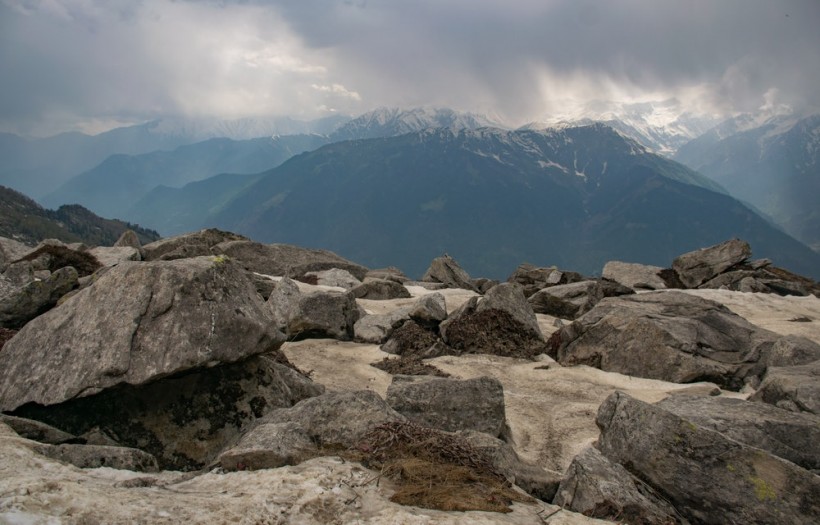The thick layer of silicate rock between the planet's crust and molten core, the mantle, makes up for roughly 84% of the Earth's volume. Although it is predominantly solid, according to geologic time scales, it behaves like a viscous fluid similar to caramel.
Truth Behind the Earth's Mantle

A recent study by researchers from Washington University suggests that the deep part of the Earth's ancient mantle closest to the planet's core began substantially drier than the part of the layer closest to the surface.
Rita Parai, lead author and assistant professor of Earth and Planetary Sciences at the university, analyzed noble gas isotope data to determine that the ancient plume mantle, its deepest part, had a concentration of water at a factor of four to 250 times lower than the water concentration at the upper mantle.
The resulting viscosity contrast could prevent mixing within the mantle, which is believed to help explain the long-standing mysteries about the planet's formation and evolution. The study is slated to be published in the journal Proceedings of the National Academy of Sciences.
Parai explains that a primordial contrast in viscosity may explain why the giant impacts that triggered the mantle magma oceans did not homogenize the young planet. In part, it could also explain why the plume mantle has experienced less processing over the history of the Earth.
Parai's analysis challenges the assumption that was once widely held in the field: that the planet's mantle was uniform from the beginning of the young planet's formation. When the solar system settled into its layout roughly 4.5 billion years ago, our planet was formed when gravity pulled swirling gases and dust to become the third planet from the Sun. Volatiles like carbon, water, nitrogen, and noble gases was delivered to the planet as it formed; however, Parai's study suggests that the material accreted earlier was drier rock types than the community believed earlier.
ALSO READ: Sediments Under Pacific Waters Contains Radioactive Particles Possibly Marking New Geological Epoch
Uncovering the Effects of Volatile Isotopes on the Formation of the Mantle
Parai discovered that mantle helium, neon, and xenon isotopes required that the plume mantle had low concentrations of volatile substances such as xenon and water at the end of the accretion period compared to the upper mantle. The Earth's upper mantle may have benefited from a much larger mass contribution from materials rich in volatile substances like a class of meteorites experts call carbonaceous chondrites, reports PhysOrg.
Parai uses a multi-pronged approach to understanding the life story of our planet. The study presents a model she developed; however, she also does her experimental work with various rock samples in a high-temperature isotope geochemistry laboratory at the university. She studies noble gas isotopes, especially those from xenon, in volcanic rocks to identify the evolution of the planet's mantle composition and in terrestrial rocks at the surface to see the evolution of the planet's atmosphere.
She says that her lab has a wide variety of natural rock samples, mostly modern volcanic rocks, and a few samples of ancient rocks used to understand the different aspects of Earth's history. Specifically, she wants to know how the planet developed its atmosphere, oceans, and characteristic features related to habitability.
RELATED ARTICLE: Seattle at Risk of Tsunami from Fault That Remained Silent for 1,100 Years
Check out more news and information on Geology in Science Times.














